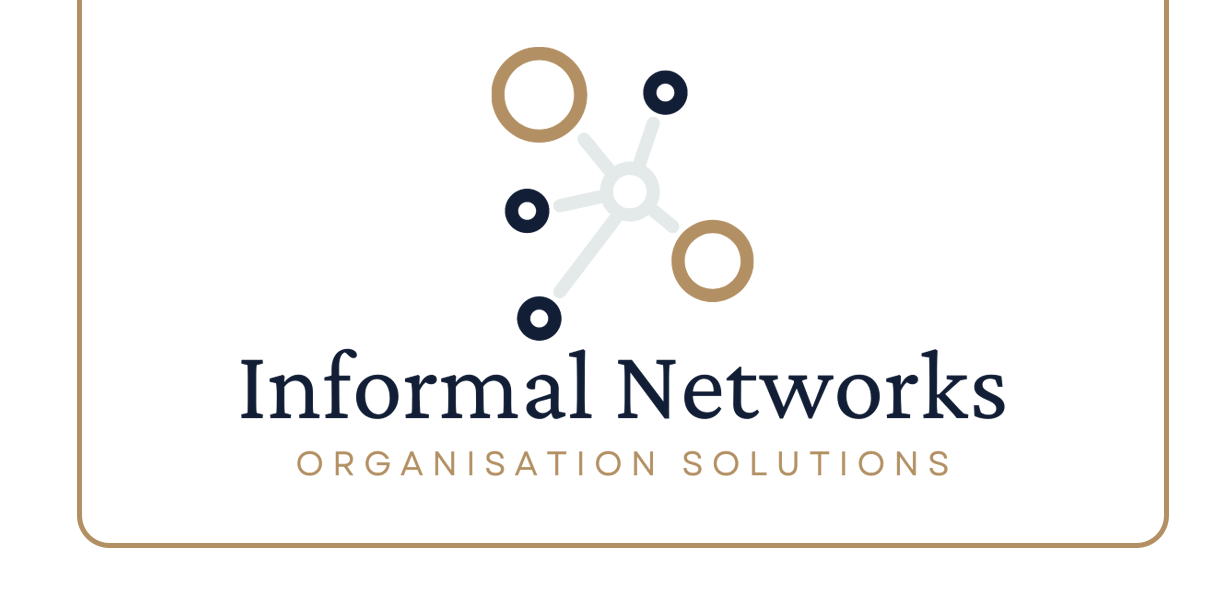Most jobs in the 21st Century are complex and require some form of collaboration and teamwork to achieve innovation, creativity and problem solving. So in practice, when a new team is put together, why do they find it so difficult to collaborate from Day 1? Why does it seem to take time for the new team to become productive?
A factor critical to successful collaboration
Evidence suggests that for collaboration you need several factors, but crucially, an ability to work with differences and to view these as potentially useful information, rather than something to dismiss, convert or attack. Losing the value in differences has potentially high costs. Think of RBS’ acquisition of ABN Amro, subprime lending, X-raying pregnant women long after the link to childhood cancer had been proved (see Margaret Heffernan’s TED talk on Daring to Disagree https://www.youtube.com/watch?v=PY_kd46RfVE) and the Mid Staffordshire NHS Foundation Trust. Robert Francis QC, who chaired the inquiry into the high death rate at Mid Staffordshire, highlighted one of the causes:
“It is now clear that some staff did express concern about the standard of care being provided to patients. The tragedy was that they were ignored and worse still others were discouraged from speaking out.” (Francis, 2013 https://www.midstaffsinquiry.com/pressrelease.html).
Difference is central in Systems-Centered® theory, which proposes that we need differences to develop and transform even though, on the whole, we hate them!

You may recognise these as familiar responses when someone expresses a different view: Yes… but (‘I agree but I think this would be better’); discounting (‘That’s a stupid idea’); attacking the other person (‘What! Are you crazy!?’); trying to convert the other person to your view (‘Don’t you think it would be better if we…?); or more radically, getting rid of people who hold different views, as happened in the top team at RBS during the run up to acquiring ABN Amro. The overall impact is to discourage the speaker from his or her view, to orient to my view (the ‘Right’ view), and to lose the potentially valuable grit in the oyster that is held within the difference of views.
Doing it differently
One of the core Systems-Centered methods – functional sub-grouping – is designed to interrupt these patterns and instead explore the potentially useful information in differences. Functional sub-grouping involves stating clearly when we have a difference, and agreeing to explore one side first, then the other. Systems-centered theory also suggests that, in a climate of similarity, we will discover just tolerable differences in what initially seemed only similar, and some similarities in what appeared to be only different. This process of exploration is more likely to lead to integration and innovative outcomes. (See the short video Susan Gantt and I producedhttps://www.systemscentered.com/en-us/systemscentered.aspx.)
Functional sub-grouping is used in many organisational contexts in the UK, US, Scandinavia, The Netherlands, Japan and in Israel. Marvin Weisbord and Sandra Janoff (Don’t Just Do Something, Stand There! 2007) use it in Future Search and effective meetings trainings. From their experience, it is key to keeping groups and teams working on their tasks:
“[Solomon] Asch showed that as long as each person has an ally, people maintain their independence from [group] pressure. Agazarian went further demonstrating that so long as… every person has a functional ally – someone who carries the same ideas and/or feelings – a group is more likely to keep working. Members will not distract themselves with side trips into rejecting, rescuing, or scapegoating those who take risks. Our minimal job becomes helping people experience functional differences when stereotypes might prevail.”
Far from being signs of weakness, difference and disagreement are crucial to the health and productivity of organisations and teams, as long as we can find ways to work with them.
Rowena Davis
